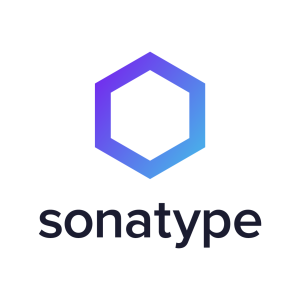Particularly concerning OSF-type licenses, while they support a multitude of features, there's room for improvement in the single point transform, especially for grouping. It appears that currently, the grouping functionality is not robust, particularly for Docker images within a group. The support for this aspect seems to be contingent on the license type. For instance, with the Voss license type, there is a noticeable absence of support for this feature. This is an area that could benefit from enhancement in the upcoming updates.





